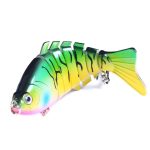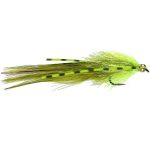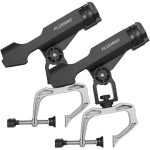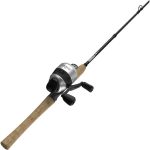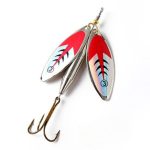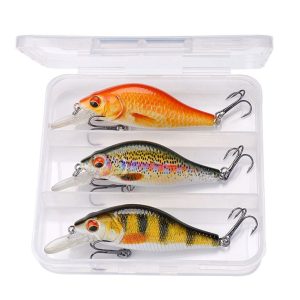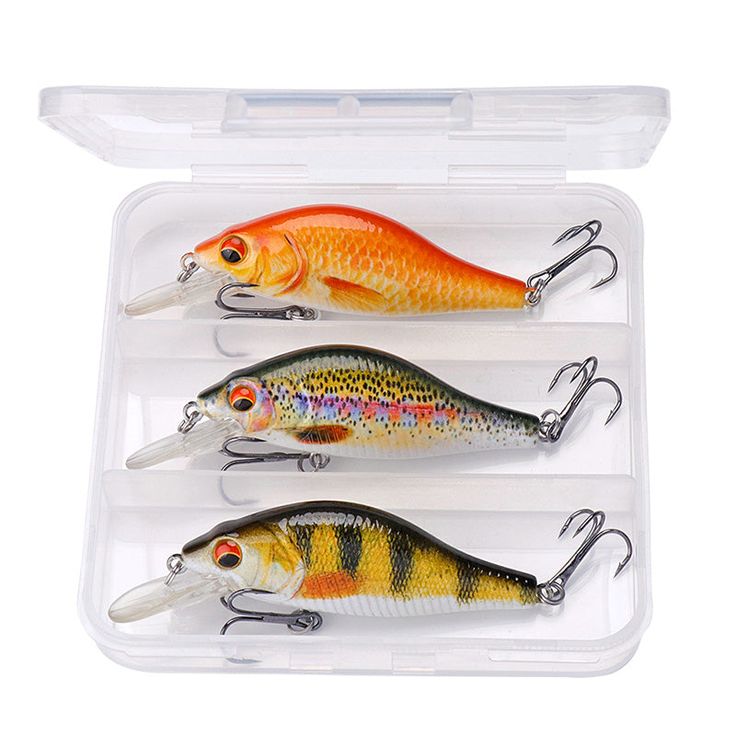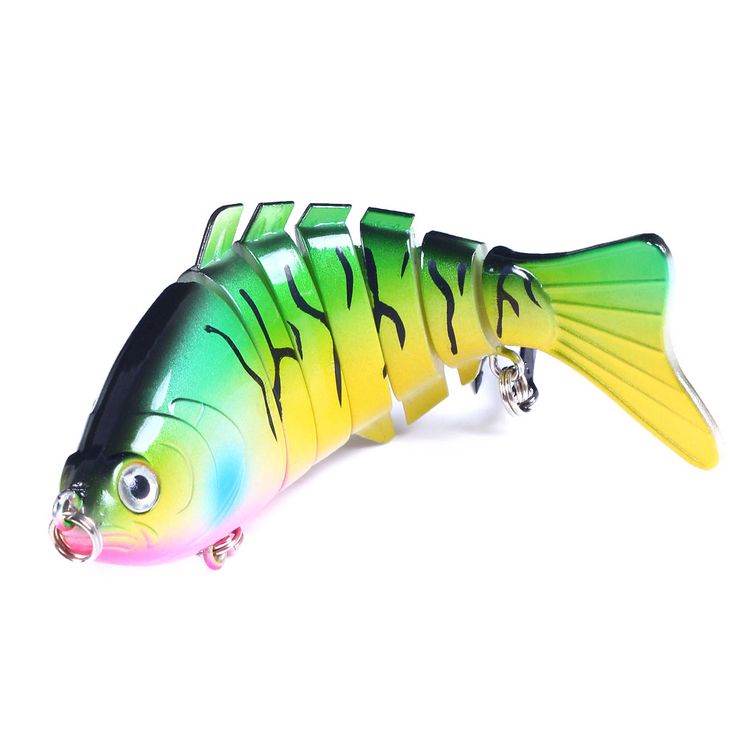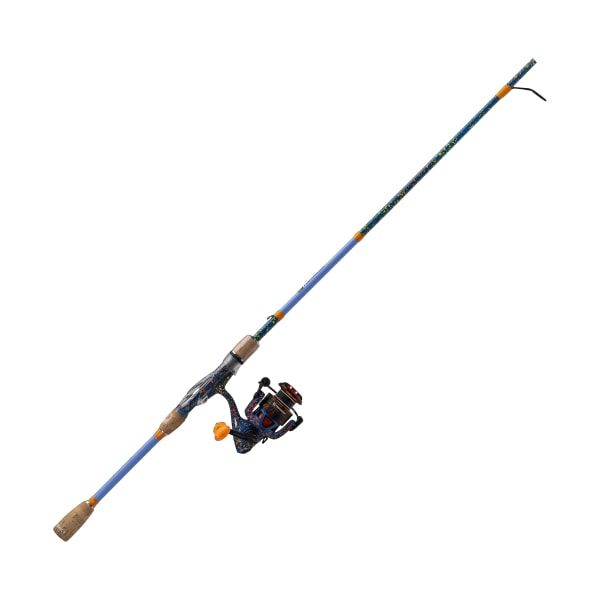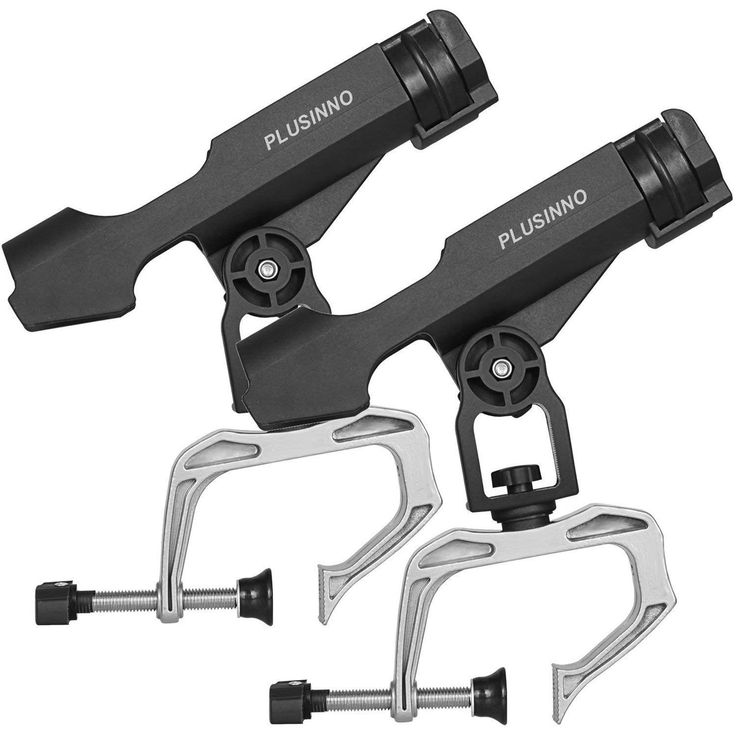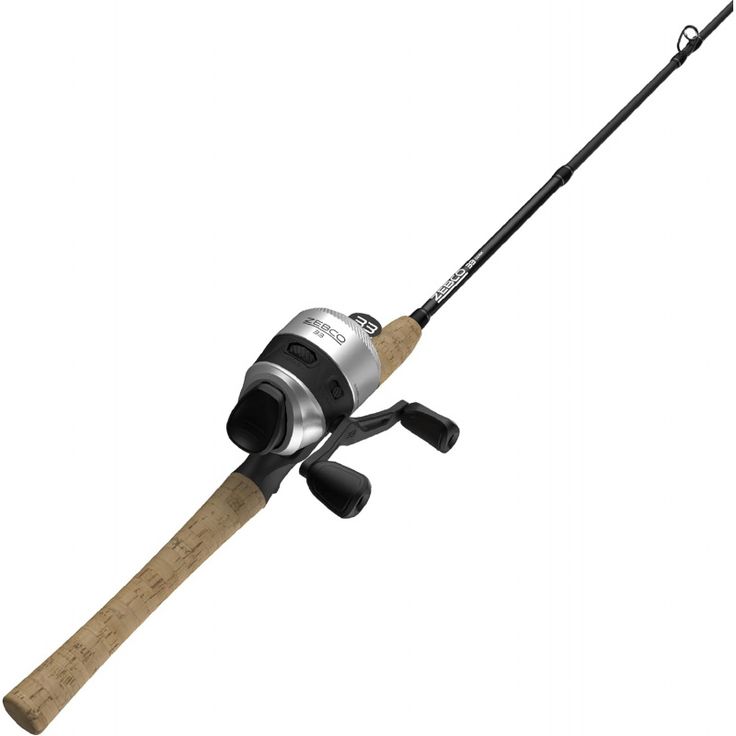Introduction: Protecting Your Investment and Passion
Fly fishing, with its serene landscapes and delicate art of deception, is a pursuit that captures the soul. Like any craft, it requires specialized tools, chief among them being the fly rod. This elegant instrument, often crafted with meticulous care and precision, is not merely a tool but an extension of the angler’s passion. As such, it deserves protection befitting its value, both monetary and sentimental. This is where the fly fishing rod case steps in, offering a sanctuary for your cherished gear during travels near and far.
Types of Fly Fishing Rod Cases
Fly fishing rod cases come in various shapes, sizes, and materials, each tailored to specific needs and preferences. Understanding the different types helps anglers choose the case that best suits their fishing style and travel requirements.
Hard-Sided Rod Cases
As the name suggests, hard-sided rod cases offer the highest level of protection. Constructed from materials like aluminum, ABS plastic, or high-impact polycarbonate, these cases can withstand significant impact, shielding your rod from even the harshest conditions.
Advantages of Hard-Sided Cases:
- Maximum Protection: Unmatched defense against impact, crushing, and punctures.
- Weather Resistance: Impervious to rain, snow, and extreme temperatures.
- Durability: Built to withstand rough handling and frequent travel.
Disadvantages of Hard-Sided Cases:
- Weight: Heavier than soft-sided counterparts.
- Bulk: Can be more difficult to store and transport, particularly in smaller vehicles.
- Cost: Generally more expensive than soft-sided options.
Soft-Sided Rod Cases
Soft-sided rod cases offer a balance between protection and portability. Constructed from durable fabrics like nylon or canvas, these cases feature padding to cushion your rod from impact.
Advantages of Soft-Sided Cases:
- Lightweight: Easier to carry and maneuver.
- Compact: More convenient for storage and transport in tight spaces.
- Versatility: Often equipped with multiple pockets for storing accessories.
Disadvantages of Soft-Sided Cases:
- Less Protection: Offer less impact resistance compared to hard-sided cases.
- Water Resistance: While many offer water-resistant fabrics, they may not be fully waterproof.
- Durability: Susceptible to wear and tear over time, especially with frequent use.
Travel Rod Cases
Specifically designed for anglers on the move, travel rod cases accommodate multiple-piece rods, ensuring compact and convenient transport.
Advantages of Travel Rod Cases:
- Space Efficiency: Designed to hold multiple rod sections, reels, and accessories.
- Airline Approved: Many meet airline size regulations for checked baggage.
- Organization: Compartmentalized storage for keeping your gear organized and protected.
Disadvantages of Travel Rod Cases:
- Size: May be bulky for everyday fishing trips.
- Cost: Premium travel cases can be a significant investment.
- Specificity: Designed primarily for travel, may not be as versatile for local fishing outings.

Selecting the right fly fishing rod case extends beyond simply choosing between hard and soft. Several crucial factors warrant careful consideration, ensuring your chosen case perfectly aligns with your fishing style, travel habits, and rod specifications. By evaluating these aspects, you can confidently choose a case that not only protects your investment but also enhances your overall fishing experience.
Length and Capacity: Matching the Case to Your Arsenal
Fly rods come in a variety of lengths, catering to different fishing styles and target species. It’s paramount to select a case that comfortably accommodates the length of your rod, preventing any unwanted bending or stress during transport. Furthermore, consider your fishing arsenal. Do you frequently carry multiple rods? If so, opt for a case specifically designed to hold multiple rods, ensuring each one travels securely and without unnecessary contact that could lead to damage.
Storage Space: Organizing Your Angling Essentials
Beyond the rod itself, anglers often carry an assortment of essential accessories. Reels, lines, flies, leaders, tippet material – the list seems endless. When choosing a case, pay close attention to its storage capacity. Ample pockets, compartments, and dividers can transform your case into an organized haven for all your angling necessities. This not only keeps your gear in order but also prevents items from jostling around and potentially damaging your precious rod during transit.
Durability and Weather Resistance: Conquering the Elements
Fly fishing often takes anglers off the beaten path, exposing them and their gear to the elements. Therefore, durability and weather resistance are paramount considerations when selecting a case. Look for cases constructed from robust materials, featuring reinforced stitching, sturdy zippers, and weatherproof coatings. These features provide a vital line of defense against rain, snow, moisture, and the inevitable bumps and scrapes encountered during your fishing escapades.
Portability and Comfort: Enhancing Your Journey
While protection remains paramount, neglecting portability and comfort can detract from the overall fishing experience. Consider the weight of the case, especially if you frequently hike long distances to reach secluded fishing spots. Look for features like padded shoulder straps, adjustable carrying handles, and ergonomic designs that distribute weight evenly, reducing strain and fatigue during transport. Remember, a comfortable case translates to a more enjoyable fishing trip.

Maintaining Your Fly Fishing Rod Case: Extending Its Lifespan
Investing in a quality fly fishing rod case is only the first step. Proper maintenance ensures its longevity, allowing it to faithfully protect your cherished rod for years to come. By incorporating a few simple practices into your routine, you can significantly extend the lifespan of your case, maximizing its value and preserving its protective qualities.
Regular Cleaning: Removing Dirt and Debris
After each fishing trip, take a few moments to clean your case. Dirt, sand, salt spray, and other debris can accumulate over time, potentially damaging the case’s material and diminishing its weather resistance. Use a soft brush or cloth to wipe down the exterior, removing any loose particles. For more stubborn dirt, a mild soap solution and water can be used, ensuring you thoroughly rinse the case afterward to remove any soapy residue. Allow the case to air dry completely before storing it, preventing mold or mildew growth.
Inspecting for Wear and Tear: Addressing Minor Issues Promptly
Periodically inspect your case for any signs of wear and tear. Check the zippers for smooth operation, ensuring they engage and disengage effortlessly. Examine the seams and stitching for any fraying or loose threads. Look for any cracks, tears, or punctures in the material. Addressing minor issues promptly can prevent them from escalating into major problems, prolonging the life of your case and saving you potential headaches down the road.
Proper Storage: Protecting Against the Elements
When not in use, store your fly fishing rod case in a cool, dry place, away from direct sunlight, excessive heat, or damp conditions. These elements can degrade materials over time, compromising the case’s structural integrity and protective qualities. Consider storing your case in a dedicated closet, gear room, or under a bed, ensuring it’s protected from accidental impacts or crushing weights.

Conclusion: A Worthy Investment for Your Angling Pursuits
In the realm of fly fishing, where precision and passion intertwine, safeguarding your gear is paramount. The fly fishing rod case stands as a testament to this commitment, offering a protective sanctuary for your prized rod during its journeys to pristine waters. By carefully considering the factors discussed, you can confidently choose a case that perfectly aligns with your fishing style, travel habits, and budget. Remember, a well-chosen case is more than just an accessory; it’s an investment in the longevity of your gear and the enjoyment of countless fishing adventures to come.

